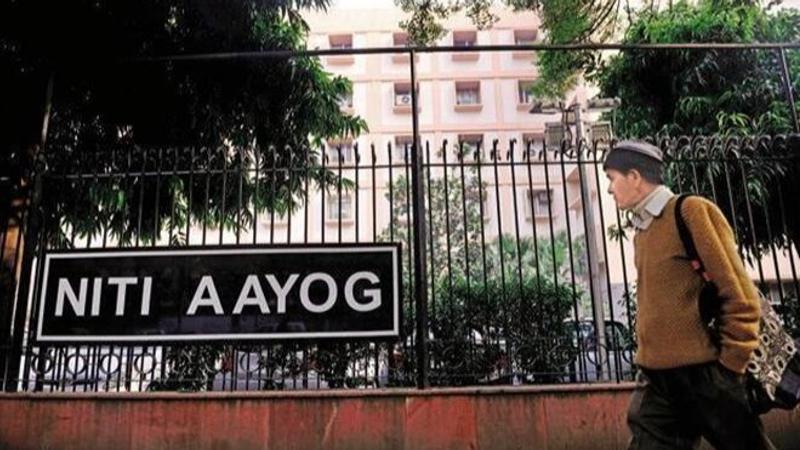Published 20:04 IST, July 28th 2024
India targets $30 trillion economy and high-income status by 2047: NITI Aayog
The paper highlights that to achieve developed nation status, India's GDP must grow ninefold from the current $3.36 trillion.

India aims to become a $30 trillion economy with an annual per capita income of $18,000 by 2047, according to an approach paper for the vision of Vikshit Bharat in 2047. This vision was articulated in NITI Aayog's paper, 'Vision for Viksit Bharat @ 2047: An Approach Paper,' which emphasises the need to avoid the middle-income trap and strategically work towards overcoming it.
The paper highlights that to achieve developed nation status, India's GDP must grow ninefold from the current $3.36 trillion, and the per capita income must increase eightfold from $2,392 per annum. Sustaining economic growth in the range of 7-10 per cent over 20-30 years is essential to transition from a middle-income to a high-income nation, a feat only a few countries have achieved.
Defining Vikshit Bharat, the paper envisions a nation with the attributes of a developed country, boasting a per capita income comparable to today's high-income nations. It describes a future India marked by advanced social, cultural, technological, and institutional features, functioning at the cutting edge of knowledge while preserving its rich heritage.
The World Bank currently defines high-income countries as those with an annual per capita income exceeding $14,005 (as of 2023). India's goal is to achieve high-income status by the centenary of its independence in 2047.
The document, discussed during NITI Aayog's ninth Governing Council meeting chaired by Prime Minister Narendra Modi, identifies upgrading manufacturing and logistics capabilities and narrowing the rural-urban income gap as key structural challenges. It underscores the need for balancing energy security, access, affordability, and sustainability.
The paper also emphasises the importance of improving industry competitiveness to transform the agricultural workforce into an industrial workforce, positioning India as a global manufacturing and service hub.
Highlighting that the vision for India must be a collective effort involving the entire nation, the document posits that India is at a pivotal moment in its history, with the potential for the 21st century to be its century, as it confidently moves towards the future.
(With PTI inputs)
Updated 20:04 IST, July 28th 2024




